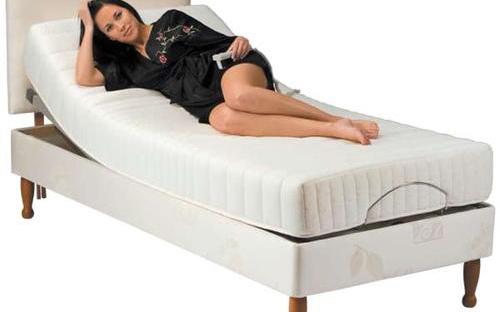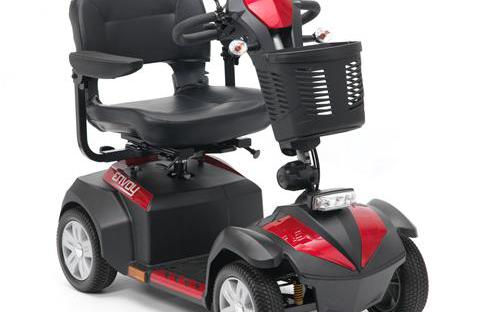Stairlifts can make a tremendous improvement to peoples lives, allowing for peace of mind and safety within the home.
As we age, our mobility and balance are often affected making climbing and descending stairs a challenge. Falls from stairs account for a large part of bone fractures in the elderly.
This can make the bedroom and bathroom we have used for years off limits and requires a considerable investment in converting the downstairs area.
However a stair lift means this doesn’t have to happen! Stairs can be easily accessed with a high quality stairlift from O’Sullivans Aids
Stairlifts can be either linear or curved depending on your stairs.
Our engineers conduct a free onsite visit to assess your home.
Don’t be worried about your stair design, if there’s curves, landings etc we design and fit bespoke stairlift solutions for all clients.
Important features that all stair lifts should provide are discussed here;
Type of stairlift
Straight or curved
Straight stairlifts that go directly up a staircase but do not turn corners.
Some people will attempt to save costs by installing a straight stairlift on a curved staircase and attempt to manage the first or last few steps. However, if your condition deteriorates you will no longer be able to manage this. A disadvantage of curved stairlifts is that they can cost more than straight stairlifts but decisions must be made with a long term outlook.
Both Stairlifts can usually be installed in a day and when necessary, can be removed leaving little trace.
Standing or Sitting stairlift
Seated
These tend to be the most common type used in a domestic setting. The majority of users are able to walk, but find it difficult to negotiate the stairs. The person must be able to sit safely on the seat during transit and transfer on and off at the top and bottom of the stairs. A swivel seat and lift-up armrests will make transfers onto and off the seat easier. The swivel seat can be manually or electrically operated.
It is preferable that the user can transfer independently; however, in some situations it may be possible for the carer to carry out an assisted transfer in conjunction with a piece of small handling equipment. The ability of the carer to transfer the user at the top of the stairs should be very carefully considered and avoided if at all possible.
Walking sticks may be carried on the stairlift but, if the person uses a larger walking aid, it probably cannot be carried on the stairlift and therefore two aids will be required – one at the bottom and one at the top of the stairs.
Standing
These can be used by people who are able both to walk and to stand while travelling up and down stairs. These may be chosen in preference to seated models if the staircase is exceptionally narrow, or if the person has a stiff leg and is unable to bend his knee when seated. These stairlifts usually have one or two guard rails that the user can hold onto during transit.
Perching
Perching stairlifts are very similar to standing stairlifts except that they provide a small amount of additional support underneath the buttocks. Therefore, the user is transported in a perching position, ie between sitting and standing. These stairlifts usually have one or two guard rails that the user can hold onto during transit.
Safety
Many stairlift providers will install stairlifts that come equipped with a range of safety features. Such features include arm and foot rests, swivel seats, remote controls and emergency stop buttons among others. The ability of stairs to maintain power during a power cut is essential and we recommend a combination of battery and plug powered systems.
Purchase from a reliable source
It is extremely important to purchase a stairlift from a trusted company that provides a warranty as standard. A genuine installer will provide the right system without causing many modifications to the structure of you or a loved one’s home, in addition a genuine installer will be trained by manufacturer. They will also be able to provide advice and perform the required maintenance to the stairlift if it is under warranty.
Grants Available
Mobility Aids Housing Grant Scheme
The Mobility Aids Housing Grant Scheme is another grant option available for those requiring smaller changes. The scheme is designed to fast track grant aid to cover basic adaptations to address mobility problems primarily associated with ageing. The work allowed under the scheme can be varied and can include grab rails, access ramps, level access showers, and stairlifts. All applications for grant aid under the Mobility Aids Housing Grant Scheme are assessed on the basis of household means. The maximum grant is €6,000. This may cover 100% of the cost of the works and is available to those with gross annual household incomes of up to €30,000.
The Housing Adaptation Grant for People with a Disability
The Housing Adaptation Grant for People with a Disability may be applied for to assist in the carrying out of works that are reasonably necessary for the purposes of making a house more suitable for the accommodation of a person with a disability (who is a member of the household).
In general, people who require grant aid for minor works i.e. ramps, grab rails, accessible showers and stairlifts, and who satisfy the means test provisions, should apply for assistance under the new Mobility Aids Grant Scheme, also administered by your local authority.
All applications for grant aid under the Housing Adaptation Grant Scheme are assessed on the basis of household means. Since November 2007, the maximum grant available under this scheme is €30,000. Read our blog on such grants here.
Checkout our stairlifts section here
- Our expert team will arrange a visit to your home – FREE of CHARGE
- Your questions will be answered
- Your stairs will be assessed – FREE of CHARGE
- A custom built Stairlift will be manufactered
- Our expert team will install the Stairlift
- We will not leave until you are 100% satisfied and confident in using your new Stairlift
- Any problem with your Stairlift, don’t worry. Leave all the after care to our team of experts
If you or a loved one are interested in finding out all the benefits that a Stairlift has to offer, simply give us a call at (025)24656 or email [email protected]



